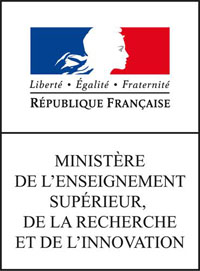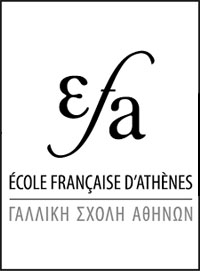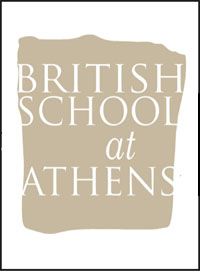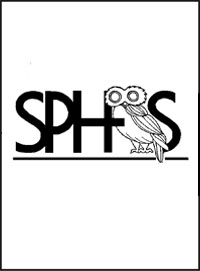IERAPETRA. – Almyros - 2006
Informations Générales
Numéro de la notice
5549
Année de l'opération
2006
Chronologie
Mots-clés
Sépulture - Lampe - Monnaie - Outillage/armement - Parure/toilette - Métal - Os - Pierre - Verre - Nécropole
Nature de l'opération
Institution(s)
Toponyme
Notices et opérations liées
Description
Almyros, Dialektakis plot. V. Apostolaki (KΔ'ΕΠΚΑ) reports on investigations in two new areas in the eastern part of the plot. A large quantity of pottery, glass vessels, glass tesserae, a lamp, a piece of a stone column capital, fragments of bronze sheets, pieces of tile, bone, and six bronze coins.
A wall of partly-worked stones, gypsum and pebbles was found, oriented N-S. This seems to be associated with an as-yet unidentified later construction. Another rectangular construction, c. 4x4m, is built from stones, pebbles and mortar, with larger upper courses and a stone larnax with circular depression inside, evidently from secondary usage. A square opening was revealed on the north side of the construction, identified as the entrance to tomb 32. This tomb is vaulted, constructed of tufa slabs, and 2.2m in length. A base of a stele or inscription was found in the same area.
Soil removed from the external entrance area contained a large quantity of pottery, fragments of glass objects, a piece of stone vessel, a bronze coin, nails, pins, a textile weight, and human and animal bones (probably originating from inside the tomb and dispersed after looting). The interior of the tomb was full of earth and large stones, and yielded bones, fragments of clay and glass vessels, lamps and a bronze coin.
Two later walls were identified in the area above Tomb 31, which contained architectural members, pieces of bronze and bronze nails, needles and pins in bronze and bone, stone and glass ballot beads, ceramic and glass vessels, lamps, tiles and ceramic wedges, pieces of slag and glass paste, and five bronze coins.
Tomb 31 is vaulted and constructed of stone and brick with plaster and pebble lining. It was found looted. On the north side of the chamber a niche was located and a window on the south, blocked from the outside with a stone slab. The window was used for access to lower the deceased into the chamber. The tomb was full of loose soil and skeletal remains (long bones and skull fragments in particular), a large quantity of pottery, a glass vase and fragments of bronze. Three disturbed cist graves containing skeletal remains were identified in the floor of the tomb. Finds included glass vessels, bronze rings and pins, iron objects, bone and bronze pins, and two bronze coins. The graves were not completely cleared. Consolidation of the tomb was undertaken by A. Nikaki.
Auteur de la notice
Caroline Thurston
Références bibliographiques
ADelt 61 (2006) 1168-1171
Date de création
2016-08-23 00:00:00
Dernière modification
2023-10-31 13:39:13








